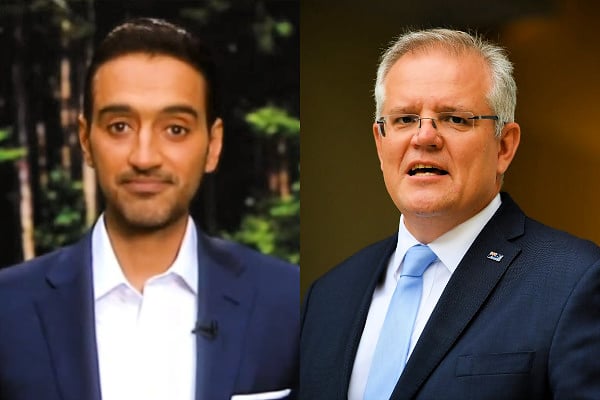
Fact: coronavirus has changed just about everything we thought we knew about life and the way we live it.
And while this global pandemic will one day be a distant memory, a popular sentiment you might’ve seen floating around over the last few days and weeks is this:
When this is all over, do we really want life to go back to how it used to be? Or are there some positives born out of our new normal we’d like to take with us into the future?
We don’t yet know what this future will look like for Australia, but what history tells us from past pandemics like the Black Death, the Great Plague of London and the Spanish Flu is, once they’re done, society is never the same.
This week, The Project are diving deep on what life will look like for Australians beyond COVID-19. On Monday night, co-host Waleed Aly turned the focus to our nation’s welfare system and whether COVID-19 might be the best thing that’s ever happened to it.
You can watch a snippet from Waleed Aly’s investigation into the Australian welfare system on The Project below. Post continues after video.
From keeping our unemployed above the poverty line, to enabling women to return to their careers after having babies, here are three ways the coronavirus could make life better for all Australians when it comes to welfare.

Top Comments